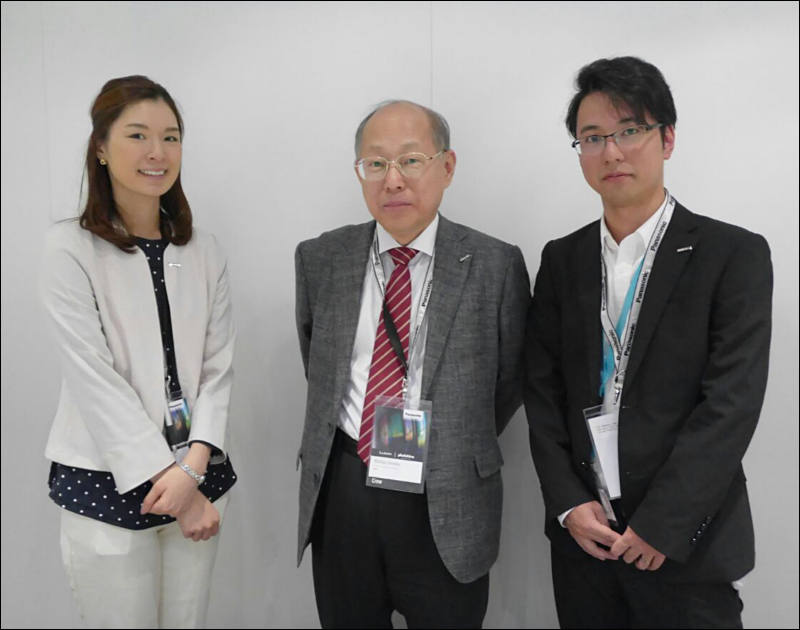
Personal View interviewed Mr. Michiharu Uematsu (Adviser for Technical PR, Merchandising Department, Imaging Network Business Division), Ms. Emi Fujiwara (Imaging Section, Communication Department) and Mr. Taku Kariyazaki (Staff Engineer, Innovative Entertainment Development Center, Corporate Engineering Division) about the new L-Mount alliance and the future of m43. Below you can find some excerpts from the lengthy interview or you can read the full thing here.
- Don’t worry about MFT
- It’s like medium and large format. Sometimes you need them to complete the task.
- MFT was as good as film, but now people have higher expectations and MFT has surpassed the quality of film
- MFT can’t satisfy photographers that want 40-50mp so they need full frame
- Commercial, industrial, artistic portraits… require higher quality
- High megapixel is also very good for retouching
- They need a larger sensor area to avoid shrinking the pixel size too much
- MFT will always have a size and weight advantage
- Sensor technology will make MFT attractive again soon for image quality
- Panasonic has enough resources to continue developing MFT and full frame at the same time.
- Panasonic partnered with Sigma and Leica so that customers would have more choice
- Panasonic has 20 lenses and MFT has around 50 native lenses, but Panasonic plans to continue innovating
- They will probably focus on premium and cinema glass going forward
- Panasonic’s partnership with Olympus is limited to how the interface between a lens and camera body work, and also the optical image circle and flange back.
- They do not discuss future products with Olympus
- Their lack of discussion is why they have so many overlapping lenses
- They cant discuss their future products due to antitrust laws
- For the L-mount alliance, the licenser is Leica, Panasonic and also Sigma are just licensee.
- They do not have any insight into who else will be invited to join L-Mount since that is strictly up to Leica.
- Some customers like the GX7’s size and style over the GX8
- With small bodies, it is hard to figure out where to put ports and buttons.
- They think there will be a stronger collaboration between the camera division and broadcast division when 8k becomes their standard.
- “since its initial announcement in 2016, there is a continuous cooperation between Panasonic and FujiFilm in development of the organic sensor technology. The recent results are very promising. The mass production of this kind of sensor, however, will take a little bit more time, and today I cannot say when we can use this kind of a sensor.”
- Panasonic will still work on sensor technology and they think that it will improve with time like the move from a limit of 3 micron to 1.5 micron pixels producing good image quality.
- “If we can increase the relative ratio of the photodiode relative to two other parts, this will make sensor more efficient and also result in the better image quality. The reason why an organic photoconductive film makes better efficiency is because this allows to maximize the light reception area and more angle of the incident light. The organic sensor has less deflection. This means that the organic sensor can get more efficiency/sensitivity. This theoretically could make the organic film sensor better.”
- Other companies have full frame and APS-C so why shouldn’t Panasonic have MFT and Full Frame?
- Making a mobile phone would take way too many resources
- “Please don’t worry about M4/3. We plan to make much more M4/3 products.”